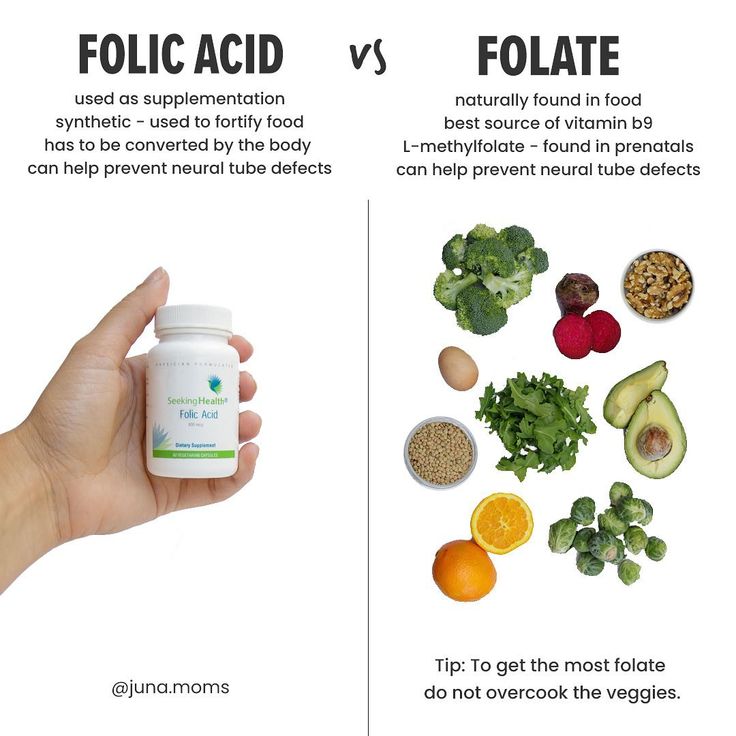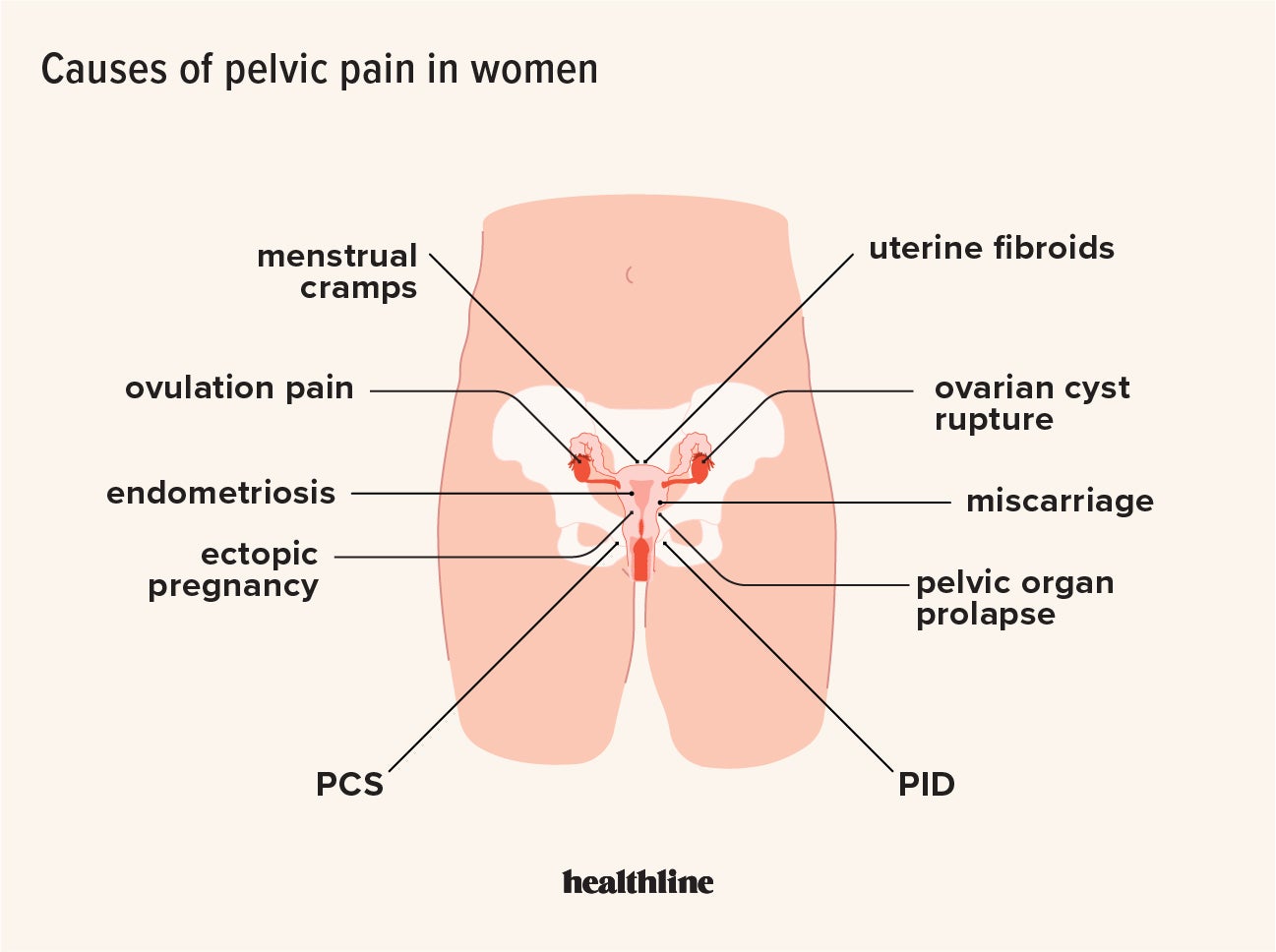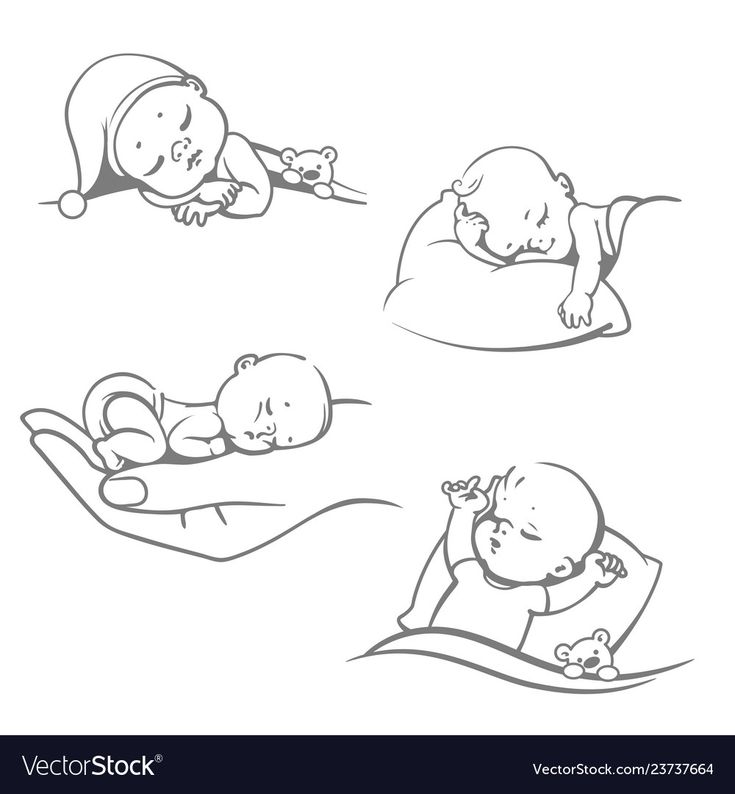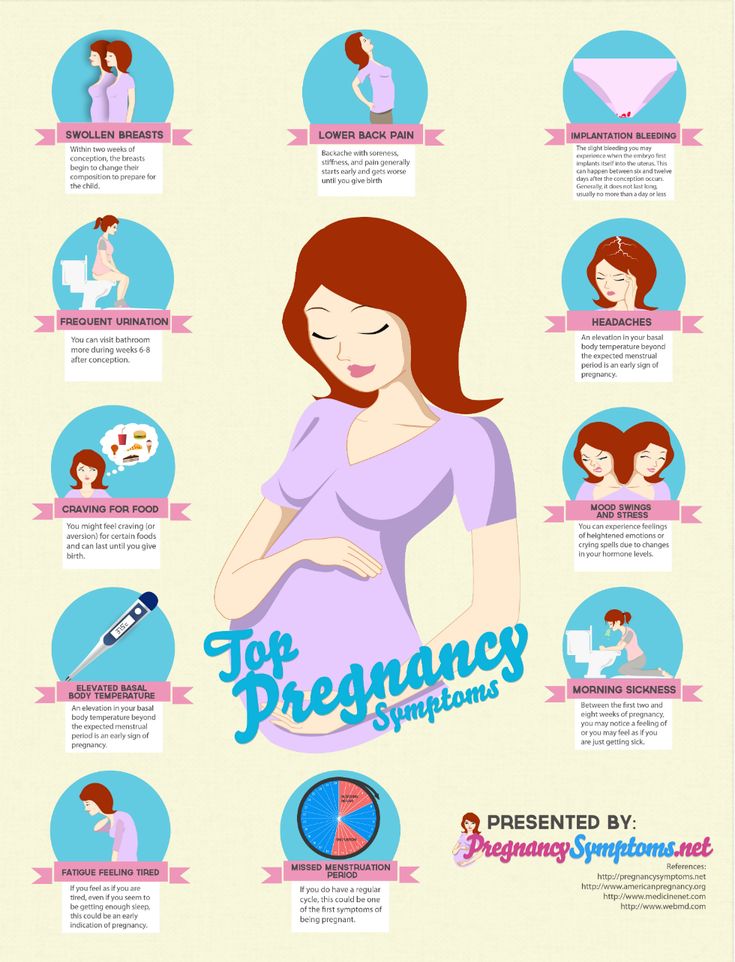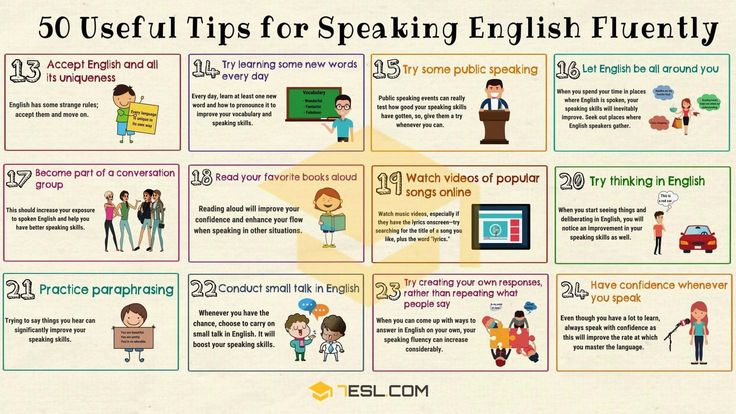Baby difficulty pooping
Symptoms, Treatment and When to Call a Doctor
Nationwide Children’s Hospital
Constipation (con-sta-PA-shun) in infants can worry parents. Most of the time, your baby is not really constipated. They may not have developed a routine for pooping yet. Some babies do not develop a bowel movement (BM) pattern for a while.
An infant’s BM pattern can change if their diet changes, like switching from breastmilk to formula, starting solid foods, or drinking less formula than usual. If your baby’s stool (poop) is not soft or easily passed, then they may be constipated.
In rare cases, constipation may be caused by a lack of nerves going to the intestines or by a problem with the way the intestine formed at birth. Your baby can be tested for these conditions if your health care provider feels it is needed.
Signs of Constipation
- less stools than their usual pattern
- straining more than normal to have a bowel movement
- a change in how the stool looks from soft and mushy to:
- small, hard pebbles, or like a large, round golf ball
- loose and watery
- abdomen (belly) bloated or swollen with gas
- painful cramps
Treatment
- If your baby is not eating baby food yet, you may give 1 to 2 ounces of 100% fruit juice (pear, prune, cherry, or apple) once a day.
Stop the juice if their stools become too loose.
- If they are old enough to eat baby foods, feed them pureed pears, peaches, or prunes instead of giving them juice.
- If your baby eats cereal, it may help to give oatmeal, wheat, or barley cereal. Rice cereal can cause constipation in some children.
- Sometimes giving your baby a warm bath to relax them or exercising their legs, like riding a bicycle, will help stimulate the bowels to move (Picture 1).
- If it has been a few days since your baby has pooped and the juice or pureed food has not worked, then you can try a glycerin suppository. Place your baby on their back. Gently push the suppository into their anus (bottom). Suppositories are meant for occasional use.
- Contact your baby’s health care provider before giving them laxatives, baby mineral oil, or enemas to treat constipation.
Medical Therapy
Your child’s health care provider may order the following treatments:
- Give your child medication.

- Check your child’s temperature using a digital, rectal thermometer. Put a small amount of petroleum jelly (Vaseline®) on its tip before inserting into the rectum. Taking a rectal temperature may stimulate the baby to pass stool.
When to Call the Health Care Provider
Call the health care provider if any of the following occurs:
- Your baby is irritable and seems to be having stomach pain. Infants will pull their legs up to their stomach and cry when they are in pain.
- Your baby has constipation and develops vomiting, and their belly looks like it is bloated or filled with gas.
- You see blood in their stool.
- Their constipation does not get better with treatment.
If you have any questions or concerns, call your baby’s health care provider.
Constipation: Infant (PDF), Spanish (PDF), Somali (PDF), Arabic (PDF), Nepali (PDF)
HH-I-14 ©Copyright 1984, Revised 2022, Nationwide Children’s Hospital
You Might Also Be Interested In
Blog
The Pee Palette: What Do All of Those Colors Mean?
Blog
Pelvic Floor Physical Therapy: How It Can Help
Podcast
PediaCast 503 Your Childs Stomach Part 1
Constipation in infants and children: MedlinePlus Medical Encyclopedia
Constipation in infants and children means they have hard stools or have problems passing stools.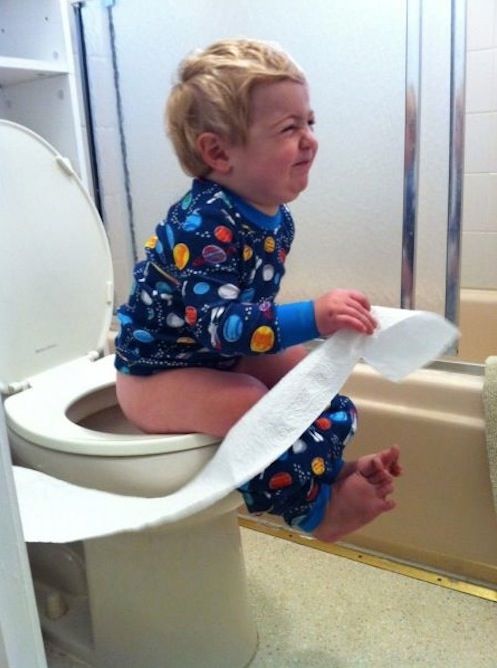 A child may have pain while passing stools or may be unable to have a bowel movement after straining or pushing.
A child may have pain while passing stools or may be unable to have a bowel movement after straining or pushing.
Constipation is common in children. However, normal bowel movements are different for each child.
In the first month, infants tend to have bowel movements about once a day. After that, babies can go a few days or even a week between bowel movements. It's also difficult to pass stools because their abdominal muscles are weak. So babies tend to strain, cry, and get red in the face when they have a bowel movement. This does not mean they are constipated. If bowel movements are soft, then there is likely no problem.
Signs of constipation in infants and children may include:
- Being very fussy and spitting up more often (infants)
- Difficulty passing stools or seeming uncomfortable
- Hard, dry stools
- Pain when having a bowel movement
- Belly pain and bloating
- Large, wide stools
- Blood on the stool or on toilet paper
- Traces of liquid or stool in a child's underwear (may be a sign of fecal impaction)
- Having less than 3 bowel movements a week (children)
- Moving their body in different positions or clenching their buttocks
Make sure your infant or child has a problem before treating constipation:
- Some children do not have a bowel movement every day.
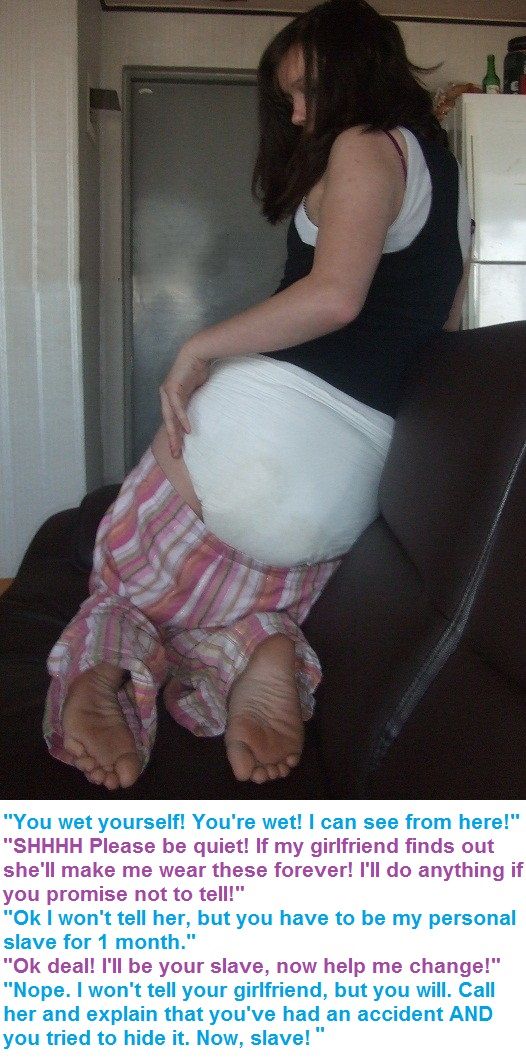
- Also, some healthy children always have very soft stools.
- Other children have firm stools, but are able to pass them without problems.
Constipation occurs when the stool remains in the colon for too long. Too much water gets absorbed by the colon, leaving hard, dry stools.
Constipation may be caused by:
- Ignoring the urge to use the toilet
- Not eating enough fiber
- Not drinking enough fluids
- Switching to solid foods or from breast milk to formula (infants)
- Changes in situation, such as travel, starting school, or stressful events
Medical causes of constipation may include:
- Diseases of the bowel, such as those that affect the bowel muscles or nerves
- Other medical conditions that affect the bowel
- Use of certain medicines
Children may ignore the urge to have a bowel movement because:
- They are not ready for toilet training
- They are learning to control their bowel movements
- They have had previous painful bowel movements and want to avoid them
- They don't want to use a school or public toilet
Lifestyle changes can help your child avoid constipation. These changes can also be used to treat it.
These changes can also be used to treat it.
For infants:
- Give your baby extra water or juice during the day in between feedings. Juice can help bring water to the colon.
- Over 2 months old: Try 2 to 4 ounces (59 to 118 mL) of fruit juice (grape, pear, apple, cherry, or prune) twice a day.
- Over 4 months old: If the baby has started to eat solid foods, try baby foods with high-fiber content such as peas, beans, apricots, prunes, peaches, pears, plums, and spinach twice a day.
For children:
- Drink plenty of fluids each day. Your child's health care provider can tell you how much.
- Eat more fruits and vegetables and foods high in fiber, such as whole grains.
- Avoid certain foods such as cheese, fast food, prepared and processed foods, meat, and ice cream.
- Stop toilet training if your child becomes constipated. Resume after your child is no longer constipated.
- Teach older children to use the toilet right after eating a meal.

Stool softeners (such as those containing docusate sodium) may help for older children. Bulk laxatives such as psyllium may help add fluid and bulk to the stool. Suppositories or gentle laxatives may help your child have regular bowel movements. Electrolyte solutions like Miralax can also be effective.
Some children may need enemas or prescription laxatives. These methods should be used only if fiber, fluids, and stool softeners do not provide enough relief.
Do not give laxatives or enemas to children without first asking your child's provider.
Contact your child's provider right away if:
- An infant (except those who are only breastfed) goes 3 days without a stool and is vomiting or irritable
Also contact your child's provider if:
- An infant younger than 2 months is constipated.
- Non-breastfeeding infants go 3 days without having a bowel movement (Contact your child's provider right away if there is vomiting or irritability.
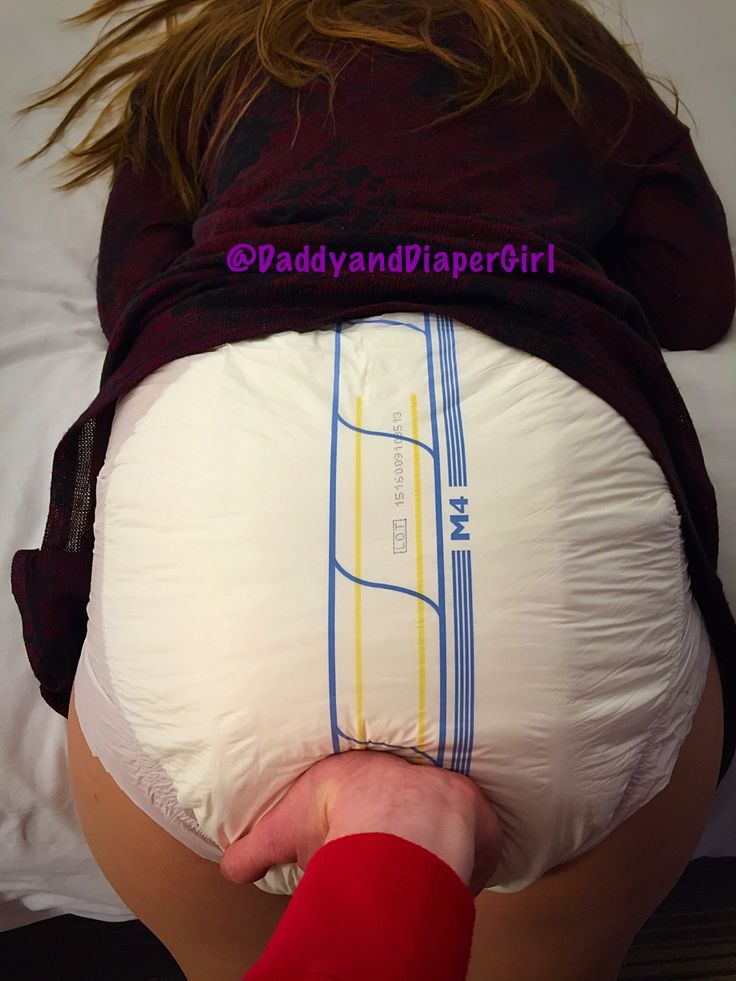 )
) - A child is holding back bowel movements to resist toilet training.
- There is blood in the stools.
Your child's provider will perform a physical exam. This may include a rectal exam.
The provider may ask you questions about your child's diet, symptoms, and bowel habits.
The following tests may help find the cause of constipation:
- Blood tests such as a complete blood count (CBC)
- X-rays of the abdomen
The provider may recommend the use of stool softeners or laxatives. If stools are impacted, glycerin suppositories or saline enemas may be recommended also.
Irregularity of bowels; Lack of regular bowel movements
- Constipation - what to ask your doctor
- High-fiber foods
- Sources of fiber
- Digestive system organs
Kwan KY. Abdominal pain. In: Olympia RP, O'Neill RM, Silvis ML, eds. Urgent Care Medicine Secrets. Philadelphia, PA: Elsevier; 2018:chap 19.
Maqbool A, Liacouras CA. Major symptoms and signs of digestive tract disorders. In: Kliegman RM, St. Geme JW, Blum NJ, Shah SS, Tasker RC, Wilson KM, eds. Nelson Textbook of Pediatrics. 21st ed. Philadelphia, PA: Elsevier; 2020:chap 332.
National Institute of Diabetes and Digestive and Kidney Diseases. Constipation in children. www.niddk.nih.gov/health-information/digestive-diseases/constipation-children/definition-facts. Updated May 2018. Accessed September 20, 2022.
Rutter P, Gastroenterology. In: Rutter P, ed. Community Pharmacy. 5th ed. Philadelphia, PA: Elsevier; 2021:chap 7.
Updated by: Neil K. Kaneshiro, MD, MHA, Clinical Professor of Pediatrics, University of Washington School of Medicine, Seattle, WA. Also reviewed by David C. Dugdale, MD, Medical Director, Brenda Conaway, Editorial Director, and the A.D.A.M. Editorial team.
symptoms, causes, diagnosis, how to help a child with constipation
How to solve the problem and help the baby?
Constipation is one of the most common problems in children.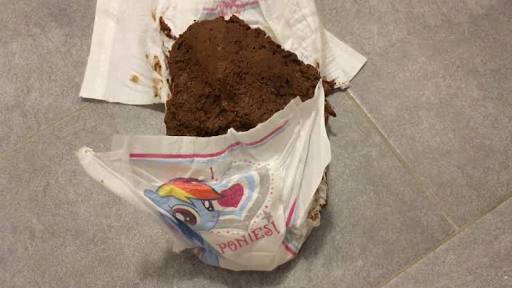 According to statistics, in Russia constipation occurs in every fourth child 1 . And this problem significantly complicates the calm and cheerful life of both the child and and parents, because constipation often causes pain, the child the mood deteriorates, the parents are on their nerves - in general, there is little good.
According to statistics, in Russia constipation occurs in every fourth child 1 . And this problem significantly complicates the calm and cheerful life of both the child and and parents, because constipation often causes pain, the child the mood deteriorates, the parents are on their nerves - in general, there is little good.
In order not to miss the problem of constipation in the baby, we armed ourselves
scientific knowledge and talk about how to identify constipation,
why does it occur and what to give a child with constipation?
Causes of constipation in children
There are quite a few of them and almost all of them depend on age child. That is, constipation in infants and schoolchildren cause different reasons. Let's consider them in more detail.
That is, constipation in infants and schoolchildren cause different reasons. Let's consider them in more detail.
Stress and change routine
These reasons are typical, as a rule, for babies. under the age of one year. In this tender age, coordination muscle contractions of the intestinal wall can be violated 5 , which leads to difficulties with defecation. In addition, constipation in infants may occur after switching to artificial mixtures 1 . In breast milk contains many beneficial intestinal flora substances - dietary fiber, a large amount of fat, proteins in the optimal ratio. All of them contribute normal bowel movements 6 .
All of them contribute normal bowel movements 6 .
Stress and change routine
Common causes of constipation are new conditions that break the child's usual daily routine and environment. So, for example, a violation of defecation often appears during potty training, with the start of attending kindergarten or schooling 1 .
Irritable syndrome intestines
This disorder is noted in an older age group - in children from 4 to 18 years old.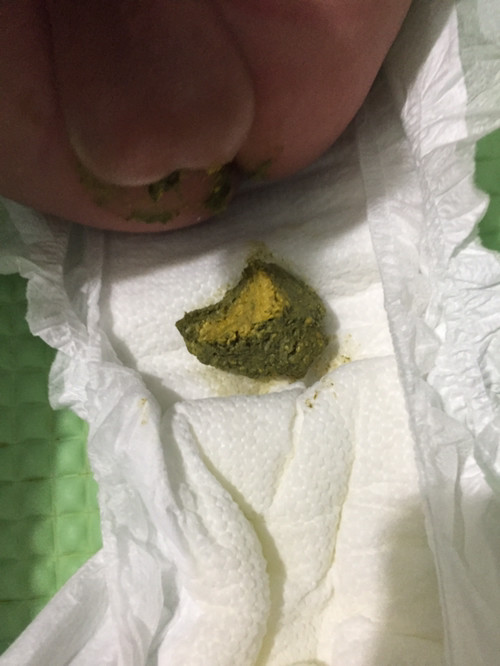 In this disease, the child periodically abdominal pain occurs, which may be accompanied by symptoms indigestion and constipation 1.7 .
In this disease, the child periodically abdominal pain occurs, which may be accompanied by symptoms indigestion and constipation 1.7 .
How to understand that a child has constipation?
It seems that the answer to this question very simple - child rarely walks "big". However, this is not quite correct figure. Case that the frequency of stool in healthy children can be very different 1 .
However, if a child's routine of going to the toilet has changed, you should be alert and analyze what is happening. Yes, yes, literally turn into a patient detective and examine the contents of a pot or toilet. This may not be the most pleasant occupation, but the result of research can greatly facilitate both your life and the child's.
So, first of all, you need to evaluate the shape of the stool. This will help to determine with some accuracy whether there is constipation or not 1 . We will not determine the shape “by eye”, but with the help of the Bristol scale of fecal shapes, developed by doctors. According to this scale, there are seven types of stool. We are only interested in two of them.
Constipation criteria according to the Bristol Stool Scale
3 :Hard and dry, nut-like lumps (called "sheep" stool)
Sausage-shaped stool with a lumpy texture.
In addition to determining the shape of the stool, you should pay attention to other signs of constipation. For example, a child may begin to push too hard, take uncharacteristic positions, try to poop, and in general, spend much more time on the potty or toilet than usual. 1
If there is no stool for several days, constipation is considered acute. If the constipation problem persists for 3 months or more, this is regarded by specialists as a “chronic condition” 2.4 .
Treatment of constipation in a child
So what should you do if your child is constipated?
First of all, you need to make certain changes in the daily routine. All of them are quite simple and effective.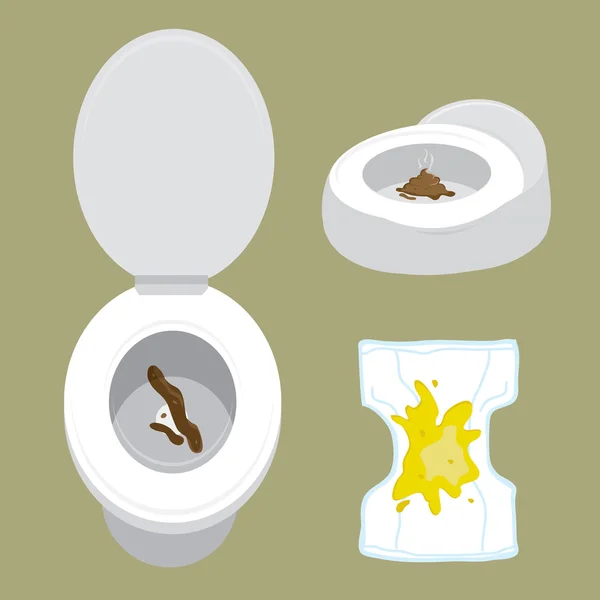 Remember.
Remember.
Maintain regular toileting
Natural urge to defecate usually appears after eating. Therefore, a small child stands in the morning some time after taking put food on a pot or invite him to go to the toilet. You can develop a kind of reflex in a child - for example, "had breakfast - pooped" 1 .
Comfort
To form a positive perception of going to the toilet in a child, it is also important to provide comfortable conditions for him: for example, to choose a suitable potty so that the child can take a comfortable position 10 .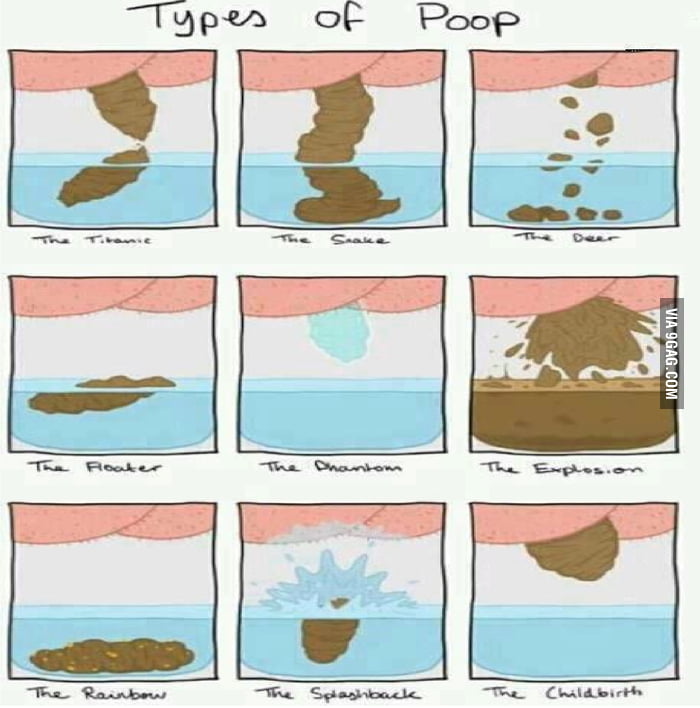 In addition, it is necessary that during defecation, the baby has some kind of support where you can rest your feet, for example, a low bench that can be placed in the toilet, since an increase in intra-abdominal pressure when straining is important to resolve constipation 1 .
In addition, it is necessary that during defecation, the baby has some kind of support where you can rest your feet, for example, a low bench that can be placed in the toilet, since an increase in intra-abdominal pressure when straining is important to resolve constipation 1 .
Correct nutrition
This is a very important step in the treatment of constipation. From the menu you need to remove fats, sweets (yes, we understand how difficult it is with this item) and marinades.
And replace all this splendor with cereals, vegetables and fruits. Plum, peach and apple purees and juices are especially good for constipation 1 .
Important to understand
Lifestyle changes may not help immediately. Therefore, there are modern remedies for constipation in children, which can contribute to a faster resolution of this problem.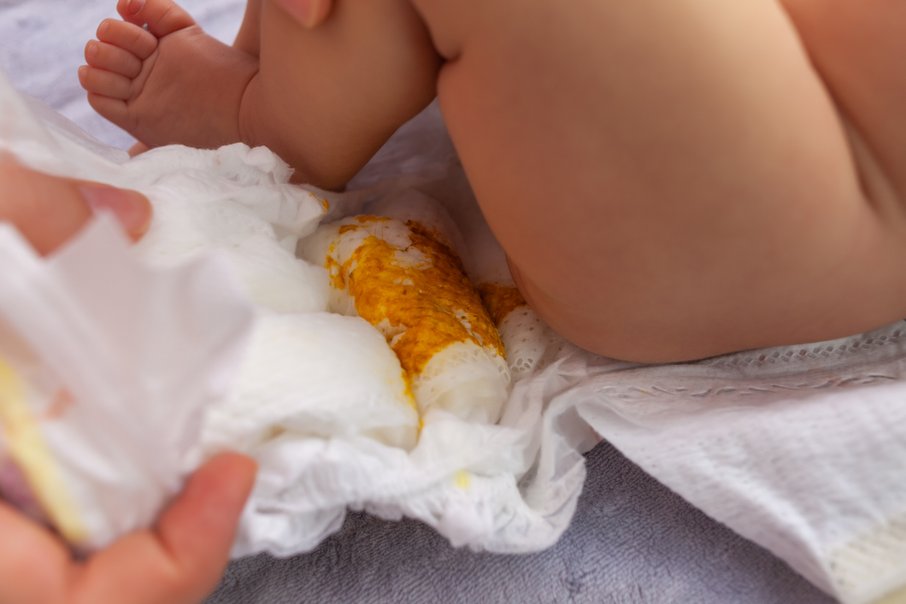 One of these is Guttalax®, a local laxative that can stimulate colonic activity, which can lead to soft stools and normal bowel movements 8 . However, it is important to remember that prescription drugs in children drugs should only take place after consultation with a doctor. Only a specialist can determine the cause of constipation and help deal with them.
One of these is Guttalax®, a local laxative that can stimulate colonic activity, which can lead to soft stools and normal bowel movements 8 . However, it is important to remember that prescription drugs in children drugs should only take place after consultation with a doctor. Only a specialist can determine the cause of constipation and help deal with them.
Unlike other laxatives, which can sometimes focus the child's attention on a problem, for example, they do not taste acceptable to everyone 11 , or are administered rectally, which can increase the child's fear and discomfort regarding defecation 12 , Guttalax® you can let your baby quietly and naturally normalize the bowel rhythm 8.9 .
Guttalax® - tasteless and odorless drops,
Guttalax® can be added to any food, such as baby food, juice or cottage cheese 9 .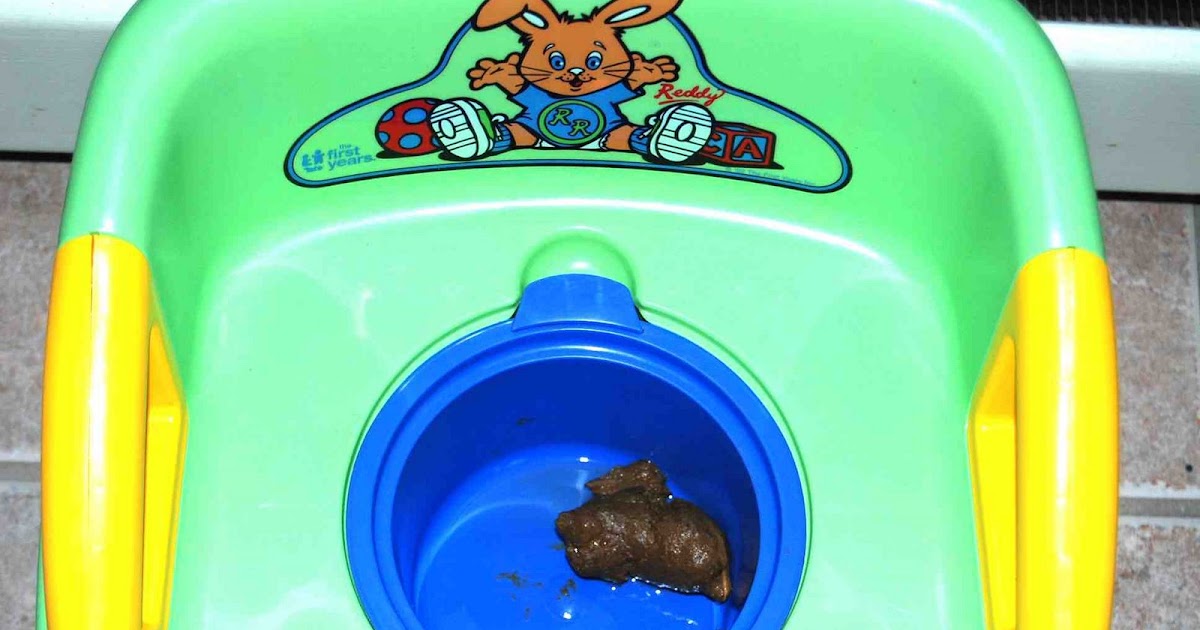
To have a laxative effect could show up in the morning can you give him some in the evening, before bed. This helps normalize mode and rhythm of defecation in the morning.
Another important issue that worries mothers is drug tolerance. Guttalax® has a favorable safety profile. It is allowed for nursing mothers, and you can also give Guttalax® to babies * .
Drops do not contain glucose, so they can be used in diabetes mellitus 8 . In addition, Guttalax® is an original preparation produced in Italy.
Constipation in a child: what to do?
Constipation disrupts the functioning of the gastrointestinal tract. The main manifestation of constipation is a rare stool, difficulty in emptying the intestinal tract. If emptying occurs every three days, but there is no swelling and discomfort, and the feces have a normal consistency, this is not considered constipation.
If your child is constipated, a specialist should be consulted. Initially, you should seek help from a gastroenterologist. The First Children's Medical Center employs the best pediatric gastroenterologists in Saratov: here you can get qualified medical care!
Symptoms of constipation
The main symptoms of constipation include:
- infrequent bowel movements;
- if the child pushes hard trying to go to the toilet;
- if there is pain during bowel movements;
- stools look like balls.
When the baby is breastfed, he can empty himself up to seven times a day, after each meal. During the first week, the frequency of emptying is three times a day.
During the first week, the frequency of emptying is three times a day.
When the baby is one month old, the stool will be daily. At two months of age and when complementary foods begin, stools can be once every two days. If the baby has a soft stool, he feels good, but at the same time he defecates once every few days, this is the norm.
Signs of constipation include: discomfort during bowel movements, moodiness, very hard stools. If this situation persists, you should contact your pediatrician.
It is important to adjust the feeding regimen. Do not overfeed the child, do not transfer to artificial feeding if the mother has little milk. The first step is to try to fix the situation. A nursing mother should drink more fluids, stop eating foods that cause flatulence, reduce intestinal motility. Only in extreme cases should be transferred to artificial mixtures.
If the baby is formula-fed, he should empty himself once a day. The main mistake in this case is that parents often change mixtures, try others. Mixtures should be adapted, sour-milk, which contain probiotics and prebiotics. It is also necessary to strictly follow the instructions, properly dilute the mixture, taking into account all proportions. The introduction of complementary foods should be on time. The diet should contain foods that contain a large amount of fiber.
Mixtures should be adapted, sour-milk, which contain probiotics and prebiotics. It is also necessary to strictly follow the instructions, properly dilute the mixture, taking into account all proportions. The introduction of complementary foods should be on time. The diet should contain foods that contain a large amount of fiber.
After the introduction of complementary foods, the stool becomes formed, hard, less frequent. Until the age of three, bowel movements should be daily. After three years, the frequency of defecation should be at least three times a week.
Why constipation occurs
There are two types of constipation - organic and functional. The causes of organic constipation are:
- Hirschsprung's disease;
- anomalies in the development of the gastrointestinal tract;
- pathology of the endocrine system;
- violations of metabolic processes.
In a newborn child, this symptom may indicate a narrowing, lengthening or expansion of the intestinal tract.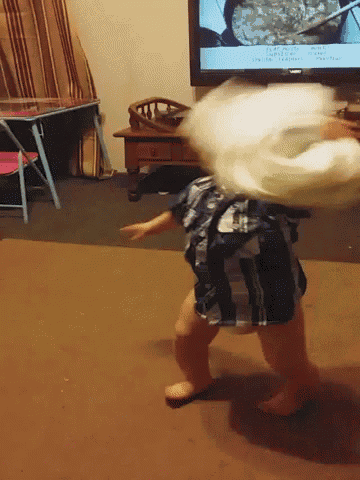
The causes of functional constipation include:
- psychological problems, for example, being in an unfamiliar environment;
- lactose deficiency;
- lack of fluid in the body;
- errors in the diet;
- negative reaction of the body to taking antibacterial drugs, drugs for the treatment of anemia, anticonvulsants;
- congestion of bile in the gallbladder and its ducts;
- damage to the intestines by worms.
In newborns, the nervous system is immature, it is just being formed. Therefore, children are unable to control the movements of their muscles during bowel movements. You can help them by gently bending the legs, pressing them to the tummy. With these movements, the pelvic muscles relax, the bowel is released much faster.
How the therapy works
The treatment of constipation requires a holistic approach. Treatment is prescribed in each case individually, depending on the cause of constipation.
To ensure the normal functioning of all organs, it is necessary to adjust the stool in children. You will need to adjust your diet and lifestyle, do not abuse laxatives, as they only help temporarily.
The main principles of therapy include:
- Diet correction. Requires elimination of foods that can cause constipation. Among them are fermented milk products, rice, muffins, bakery products, pasta. The menu is recommended to include vegetable fiber, which is found in fresh fruits and vegetables. You should also abandon fast carbohydrates - flour products, sweets. You need to add to the menu more foods that contain potassium, for example, figs, dried apricots, prunes.
- Observe the drinking regimen. It is important to drink clean drinking water. During the day, the child should drink at least 40 milliliters of water per kilogram of his weight.
- According to the doctor's prescription, the baby should be given medicines, homeopathic remedies.
 These include drugs for the outflow of bile, drugs that restore the intestinal microflora. You can use antihelminthics, laxatives, drugs with lactulose in the composition. Your doctor may also prescribe medications that contain polyethylene glycol. They retain moisture in the intestines, thin the stool.
These include drugs for the outflow of bile, drugs that restore the intestinal microflora. You can use antihelminthics, laxatives, drugs with lactulose in the composition. Your doctor may also prescribe medications that contain polyethylene glycol. They retain moisture in the intestines, thin the stool. - In case of prolonged constipation, the child can be given a glycerin suppository, a microclyster as a stimulant.
- Undergo physiotherapeutic procedures prescribed by the doctor, massage, do therapeutic exercises.
- Provide a calm environment, help the baby psychologically so that he is not afraid to empty his intestines. You can read fairy tales, play with your child.
- Train the intestines, after eating, put the child on the potty for a few minutes.
First you need to get rid of constipation and only then potty training. If constipation is not treated in a timely manner, this will entail unpleasant consequences for the health of the child.



